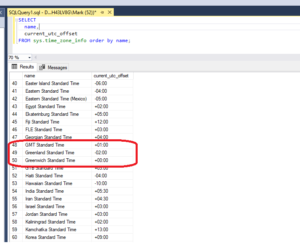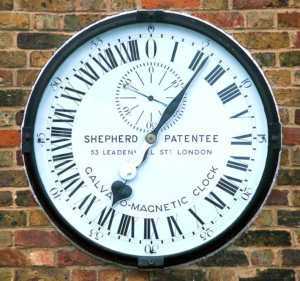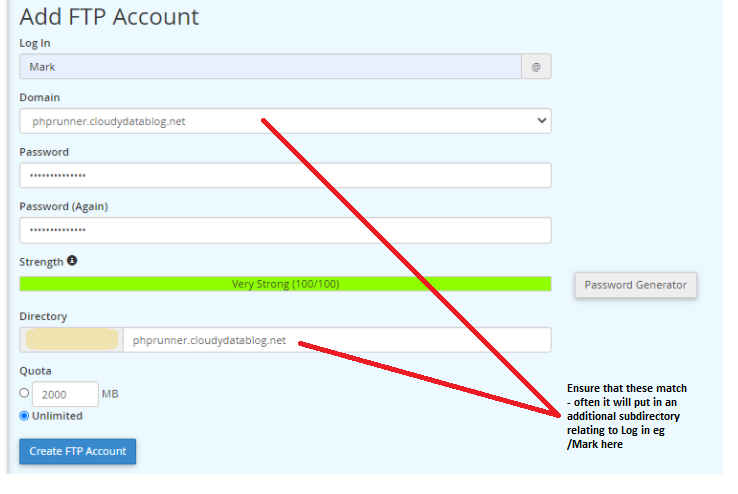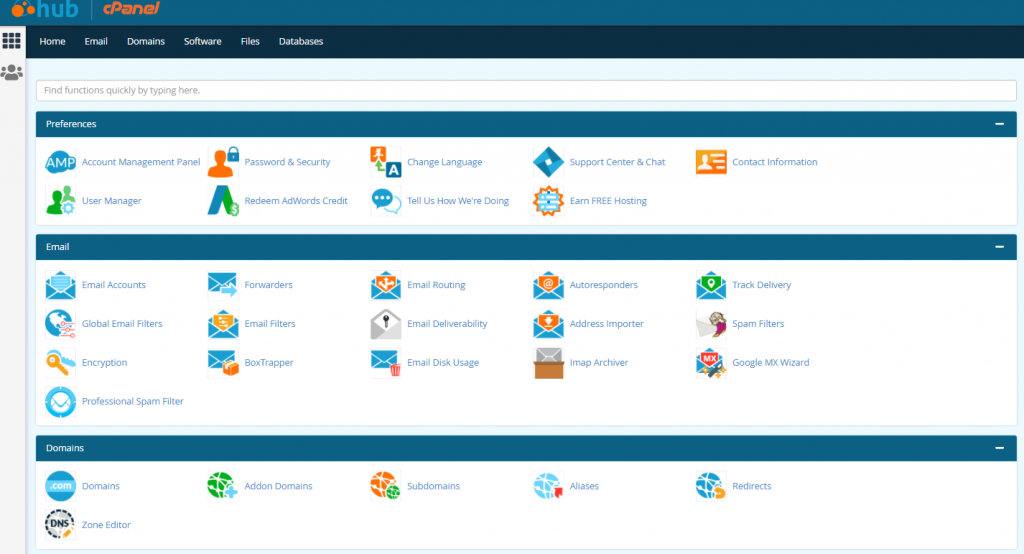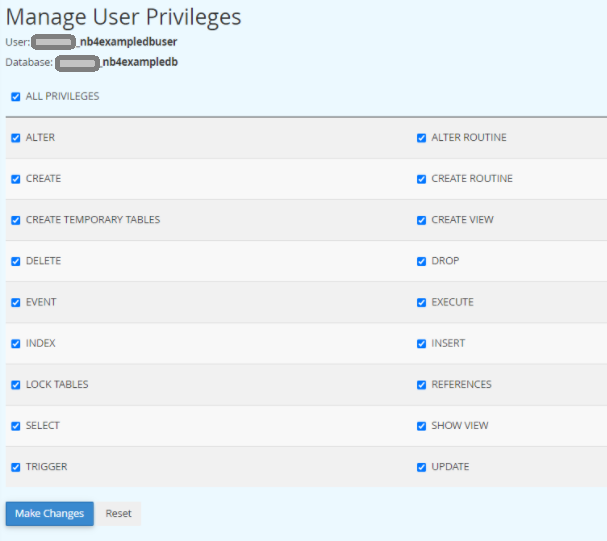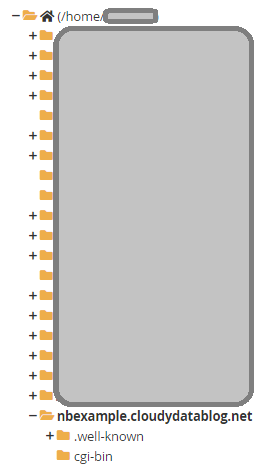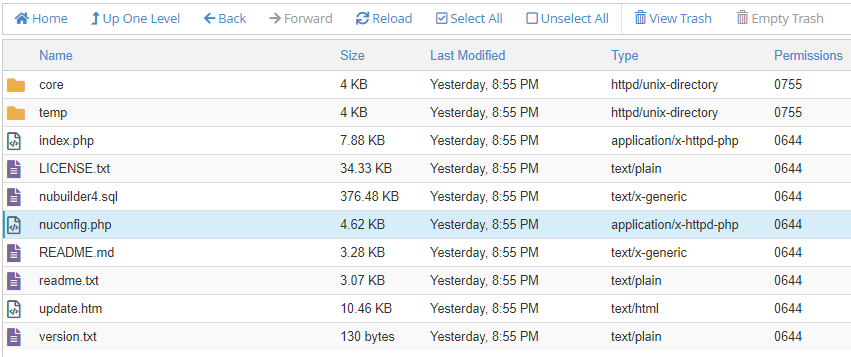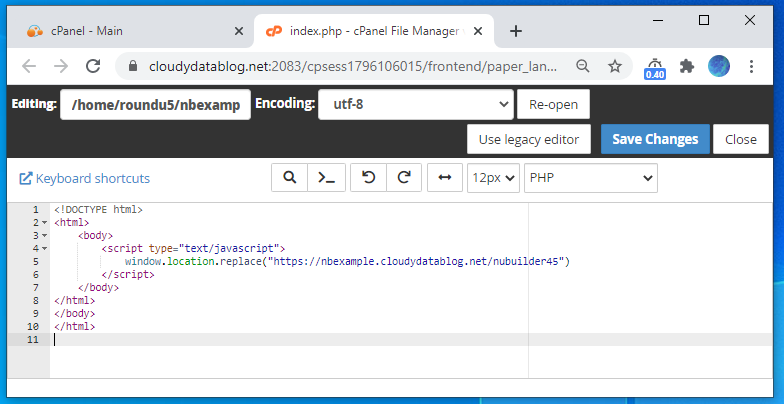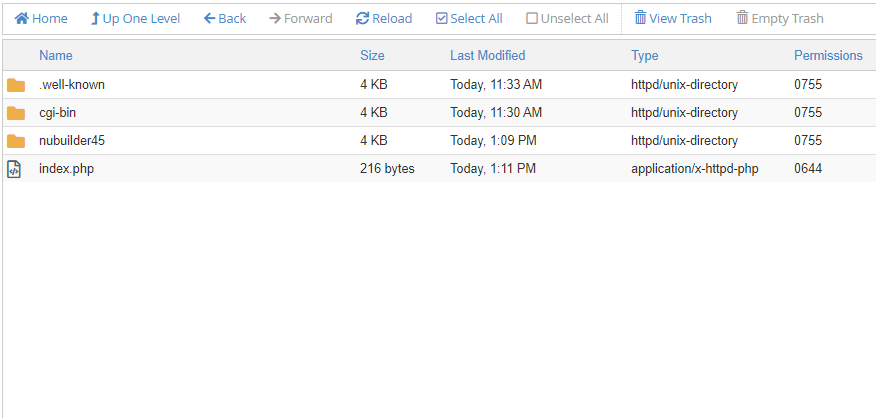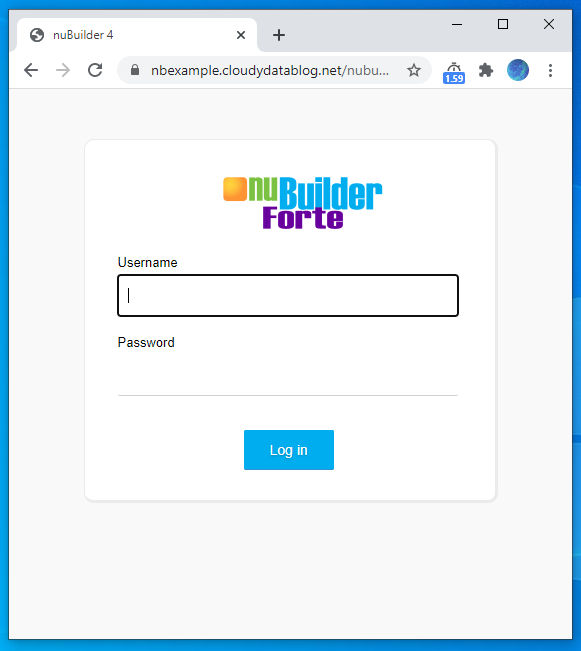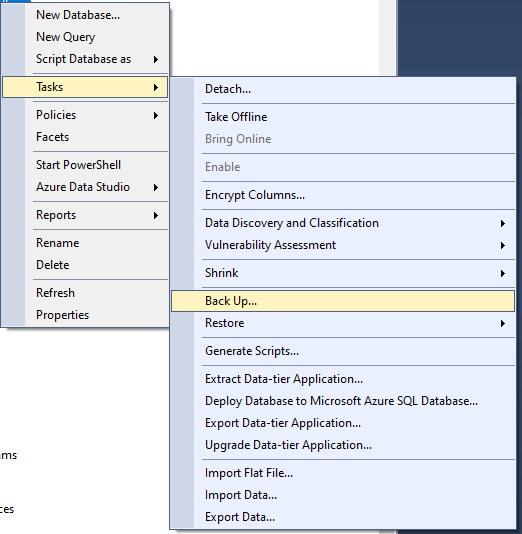UPDATE January 2024 – For SQL Azure you are better using Logic Apps and whitelisting the IP records of the outbound Logic Apps IPs which are specific to the location you are running you are hosting your logic app
See Link for Logic App setup example
and
Azure Logic App IP addresses to White List
My old notes…
The highs and lows.
You’re flying high – you’ve created a stored procedure that you’ve managed to reference in your automation account within a powershell runbook and you’ve got it nicely churning over on an extremely regular basis. You want to run it daily or weekly but as a test you run it hourly just to ensure that it works before releasing it to production. A day passes ok and you think wow this is really great. Then you forget about it and come back to it a week later. You find that somehow it stopped working at 1 am on Tuesday.
What happened????
Sorry you got hit by a block resulting from dynamic IP change on the runbook in the Automation Account – DAMN.
(there is probably a good reason for having a dynamic IP on automation accounts but damn it was really going too well)
So after quite a lot of investigation I found those in the know seemed to be saying the solution is.
Azure Automation linked to a Hybrid Worker
I kept investigating this and I kept getting directed to Microsoft documentation which although really extensive was just not helping me really get my head around things. It wasn’t until I found Travis Roberts that things started to click… I link to three of his videos below.
So the downsides of Hybrid Worker setup..
So I was really struggling with this after my runbook unexpectedly started failing. After several days of reading and searching I found Travis Roberts. Hallelujah for MVPs.
So I haven’t done it yet but I think the procedure can all be defined in here.
1. Setting up an Azure VM with a fixed IP (It can be any VM but Azure is good for me)
Setup VM with static IP
The server you setup will need to have internet connectivity with SSL outbound on port 443
2. Setting up Azure Log Analytics a step by step guide
Setting up Azure Log Analytics a step by step guide
3. Azure Automation Setup and Linking Log Analytics to your Automation account
Set up Azure Automation and link it to Log Analytics
4. Configuring an Azure Automation Hybrid Runbook Worker to run your runbook.
Installation of Hybrid Runbook Worker
Includes information about Runbook Worker Group and
RunAsAccount
You add credentials to the Runbook Worker Group
Firstly a big thank you to Travis Roberts for putting out those videos he has loads of Azure Centric content on his youtube channel which you can find here
CAVEAT I haven’t implemented this myself properly and at the time of writing(December 2021) those videos are a couple of years old now. At the start of one of the Videos Travis indicates that things are changing quickly in the space and expect that there has been changes since these videos. Lets face it this should really be easier to do Azure is just frustrating their users with this complicated configuration.









